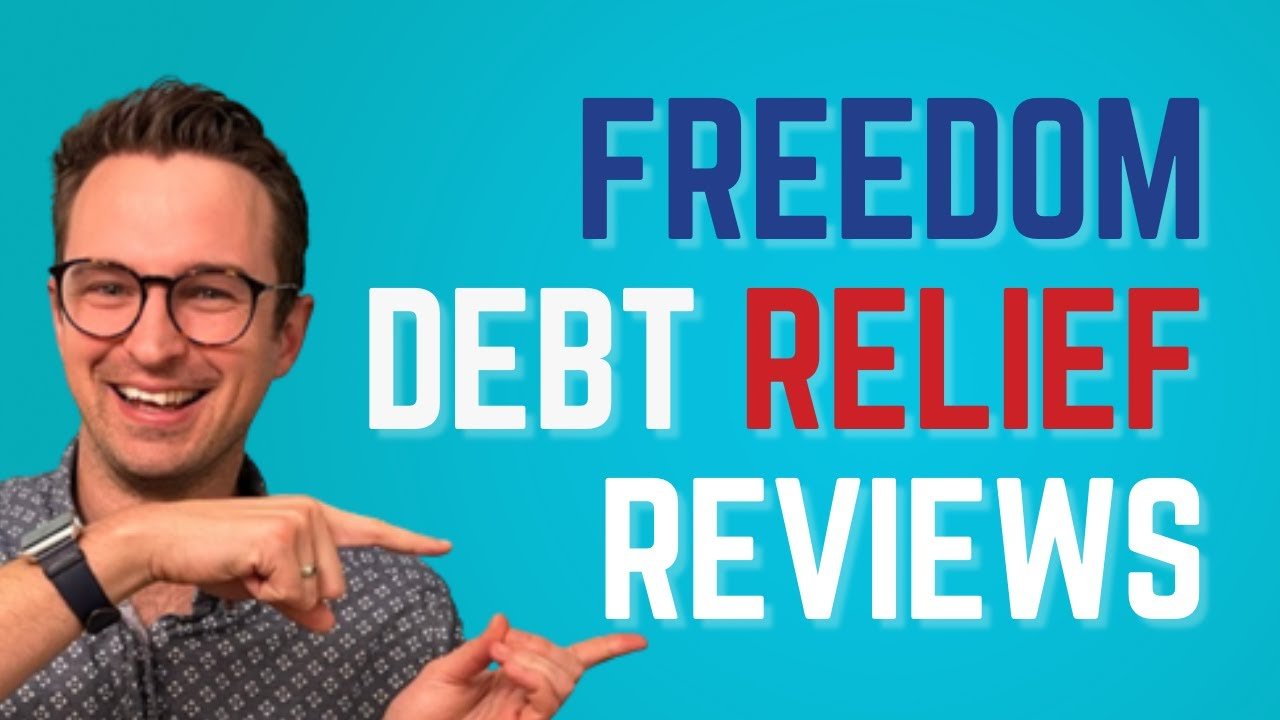
Introduction
If you’ve searched for “Freedom Debt Relief reviews,” you’re likely trying to understand whether this program can genuinely help with overwhelming debt. Freedom Debt Relief (FDR) is one of the largest debt settlement companies in the United States, with a long track record of working with consumers to reduce unsecured debt. However, debt settlement is not a one-size-fits-all solution. This guide will cover how the program works, what it costs, the pros and cons, and customer experiences. The goal is to provide you with a clear, trustworthy overview so you can decide whether FDR is the right choice for your financial situation.
What Freedom Debt Relief Is and How It Works
Freedom Debt Relief specializes in negotiating settlements on unsecured debts such as credit cards, personal loans, and medical bills. Once you enroll, you stop paying creditors directly and instead deposit money into a special account that you control. FDR then uses those funds to negotiate lump-sum settlements with your creditors. The process generally takes 24 to 48 months, depending on how much debt you have and how quickly you can build savings in the program.
It’s important to know that not all creditors will accept settlements. Some may resist negotiations or even pursue legal action during the process. Still, many clients report success with FDR’s structured program, which has been designed to reduce balances significantly over time.
Costs, Fees, and Timeline Expectations
Freedom Debt Relief charges performance-based fees, typically ranging between 15% and 25% of the total debt you enroll. These fees are charged only after a settlement is successfully reached and accepted by a creditor. While this “no settlement, no fee” model provides some reassurance, you should also consider additional costs like account setup or servicing fees, which may apply depending on the program.
On average, most people complete the program within two to four years. The timeline depends on your debt level, how consistently you deposit funds, and creditor cooperation. It’s critical to run the numbers: once you factor in fees and creditor penalties during the process, the savings may not always be as high as you expect.
Pros, Cons, and Customer Experiences
Freedom Debt Relief has both strong positives and notable drawbacks.
Pros include:
- Large scale and long-standing experience in negotiating with creditors.
- Many customers have seen meaningful debt reductions.
- No upfront settlement fees charges apply only after successful settlements.
Cons include:
- Fees can be high, reducing the net savings.
- Credit scores typically drop during the process, since you stop paying creditors.
- Some customers report slow communication or unexpected costs.
- Lawsuits from creditors can still happen while enrolled.
Overall, reviews are mixed. Some clients describe life-changing results, while others feel disappointed in the outcomes or misinformed about risks. This reflects the reality that debt settlement is not guaranteed and works best for specific financial situations.
Who Should Consider Freedom Debt Relief
Freedom Debt Relief may be a good fit if:
- You have significant unsecured debt (credit cards, loans, medical bills).
- You’re already behind on payments and cannot realistically catch up.
- You can commit to making regular deposits into the program’s dedicated account.
However, it may not be the best choice if:
- You are current on payments and eligible for lower-interest consolidation loans.
- You could benefit from a nonprofit debt management plan, which often has lower fees.
- You need immediate legal protection, such as in cases of wage garnishment or foreclosure.
Debt settlement is one tool among many. It can help in specific scenarios, but for some, bankruptcy, credit counseling, or loan consolidation may provide a faster and more predictable path.
Conclusion
Freedom Debt Relief is a legitimate, well-known debt settlement company that has helped thousands of clients reduce unsecured balances. Still, the program comes with real risks: credit score impact, potential lawsuits, and significant fees. Before enrolling, take these steps:
- Confirm the exact fee percentage in writing.
- Ask for a timeline projection and estimated net savings after fees.
- Understand how funds in your dedicated account are handled.
- Compare the program against other options like debt consolidation or bankruptcy.
If you carefully evaluate these factors, you’ll be better prepared to decide whether Freedom Debt Relief is the right solution for your financial situation.
FAQs
Q1: Is Freedom Debt Relief legitimate or a scam?
Freedom Debt Relief is legitimate. It’s one of the largest debt settlement companies in the U.S. with years of experience. However, “legitimate” doesn’t mean risk-free, so you should always review contracts thoroughly.
Q2: How much does Freedom Debt Relief charge?
Fees typically range from 15% to 25% of the enrolled debt. These are charged after a creditor settlement is completed, not upfront.
Q3: Will my credit score be damaged?
Yes, at least in the short term. Since the program involves stopping payments to creditors, your credit score will likely drop. Over time, resolving debts can help rebuild your score.
Q4: Can I be sued while in the program?
Yes, there’s always a possibility. Some creditors may still file lawsuits. You should ask FDR what support they provide if this happens.
Q5: How long does the program take?
Most clients complete the program within two to four years, depending on debt size, deposits, and negotiations.
Leave a Reply